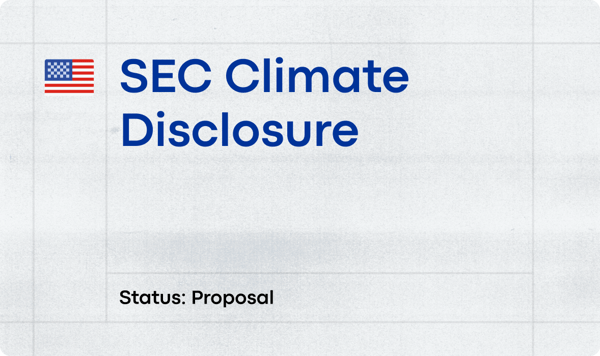This spring, we undertook a comprehensive data update initiative, updating our energy emission factors based on the most recent data available and refining how we adjust emission factors based on location.
This upgrade improves the accuracy and relevance of the environmental data we provide and ensures that the footprints calculated through our platform reflect the most current scientific data and energy policies in different countries.
What did we update?
Our spring update involved a holistic review and update of our datasets to ensure they remain up-to-date and scientifically valid. This effort extends beyond the integration of Ecoinvent 3.10, encompassing a series of updates that refine how we calculate and regionalize emission factors (EFs).
- Ecoinvent 3.10 update
This new version of Ecoinvent 3.10 brings updated electricity and heat production data, reflecting recent updates in market mix and energy policies. Read more about the changes in Ecoinvent 3.10 here. - Refine regional emission factor adjustment
A significant aspect of our spring update is the refinement of how we adjust emission factors based on location within our lifecycle assessment (LCA) engine. To make our impact calculations more precise, we improved our location multiplier strategy to adjust the global emission factor to reflect the energy conditions of a specific country. For example, if we’re assessing the impact of circular knitting in France, we would adjust the global emission factor (originally calculated using global data) to align with the French energy grid.
Previously, we used China's electricity supply data as a baseline for these calculations. China was considered a conservative standard for the global electricity mix because it is one of the largest and most diverse energy markets. However, using China as a baseline to adjust global datasets previously skewed the final results. This has now been resolved by adopting a global energy mix as the reference, which ensures more accurate and representative data. - Disaggregation of emission factors
When we have datasets that provide location information but lack detailed energy usage for a process, we are now able to disaggregate the emission factors. This means we can separate out the emissions directly linked to energy consumption from the rest. We then adjust only these energy-related emissions based on the general energy profile of the region, allowing us to more accurately estimate the environmental impact.
How Does This Impact You?
This update means that all emission factors within Carbonfact will be recalculated automatically with the latest data ensuring that your footprints are based on the most current and relevant data. Overall, our analysis shows a marginal change in footprint for most of our customers.
The update will be released with your next version and then be visible in the Changelog on the Carbonfact platform.
.png?width=2880&height=1800&name=Versions%20Home%20(1).png)
Carbonfact’s changelog feature allows you to keep track of your platform's progress. Our version control ensures that when we add more primary data or enhance our LCA engine, a new version is released. You can easily access the change history to view the number of products received, completed, and measured, and the average carbon footprint of your catalog at the time of release. This ensures a comprehensive audit trail, including data input change logs, and calculation formulas.
What’s next?
Looking ahead, we are exploring the potential to incorporate real-time electricity data from platforms like Electricity Maps. This advancement would enable us to match our assessments with actual electricity values from the specific year of production in the future.






 Lidia Lüttin
Lidia Lüttin


 Martin Daniel
Martin Daniel